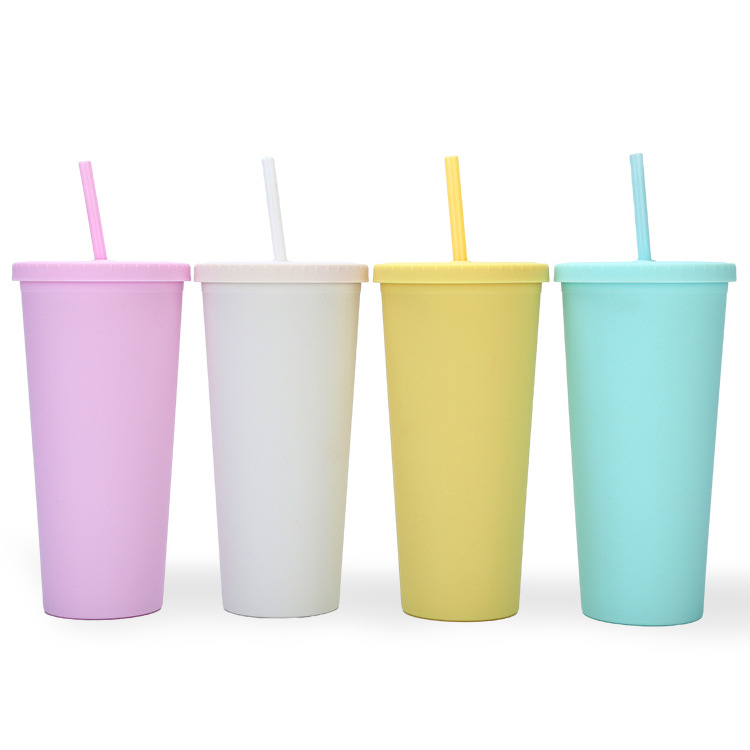1. “No. 1″ PETE: mineral water bottles, carbonated drink bottles, and beverage bottles should not be recycled to hold hot water.
Usage: Heat-resistant to 70°C. It is only suitable for holding warm or frozen drinks. It will be easily deformed when filled with high-temperature liquids or heated, and substances harmful to the human body may melt out. Moreover, scientists found that after 10 months of use, Plastic No. 1 may release the carcinogen DEHP, which is toxic to the testicles.
2. “No. 2″ HDPE: cleaning products and bath products. It is recommended not to recycle if the cleaning is not thorough.
Usage: They can be reused after careful cleaning, but these containers are usually difficult to clean and can retain the original cleaning supplies and become a breeding ground for bacteria. It is best not to reuse them.
3. “No. 3″ PVC: Currently rarely used for food packaging, it is best not to buy it.
4. “No. 4″ LDPE: cling film, plastic film, etc. Do not wrap the cling film on the surface of food and put it in the microwave oven.
Usage: The heat resistance is not strong. Generally, qualified PE cling film will melt when the temperature exceeds 110°C, leaving some plastic preparations that cannot be decomposed by the human body. Moreover, when food is wrapped in plastic wrap and heated, the fat in the food can easily dissolve harmful substances in the plastic wrap. Therefore, before food is put into the microwave oven, the plastic wrap must be removed first.
5. “No. 5″ PP: Microwave lunch box. When putting it in the microwave, take off the lid.
Usage: The only plastic box that can be placed in the microwave and can be reused after careful cleaning. Special attention should be paid to the fact that the body of some microwave lunch boxes is indeed made of No. 5 PP, but the lid is made of No. 1 PE. Since PE cannot withstand high temperatures, it cannot be put into the microwave oven together with the box body. For safety reasons, remove the lid from the container before placing it in the microwave.
6. “No. 6″ PS: Use bowls for instant noodle boxes or fast food boxes. Do not use microwave ovens to cook bowls for instant noodles.
Usage: It is heat-resistant and cold-resistant, but cannot be placed in a microwave oven to avoid releasing chemicals due to excessive temperature. And it cannot be used to hold strong acids (such as orange juice) or strong alkaline substances, because it will decompose polystyrene that is not good for the human body and can easily cause cancer. Therefore, you want to avoid packing hot food in snack boxes.
7. “No. 7″ PC: Other categories: kettles, cups, and baby bottles.
If the kettle is numbered 7, the following methods can reduce the risk:
1. No need to use a dishwasher or dishdryer to clean the kettle.
2. Do not heat when using.
3. Keep the kettle away from direct sunlight.
4. Before first use, wash with baking soda and warm water, and dry naturally at room temperature. Because bisphenol A will be released more during the first use and long-term use.
5. If the container is dropped or damaged in any way, it is recommended to stop using it, because if there are fine pits on the surface of plastic products, bacteria can easily hide.
6. Avoid repeated use of aged plastic utensils.
Post time: Oct-28-2023
